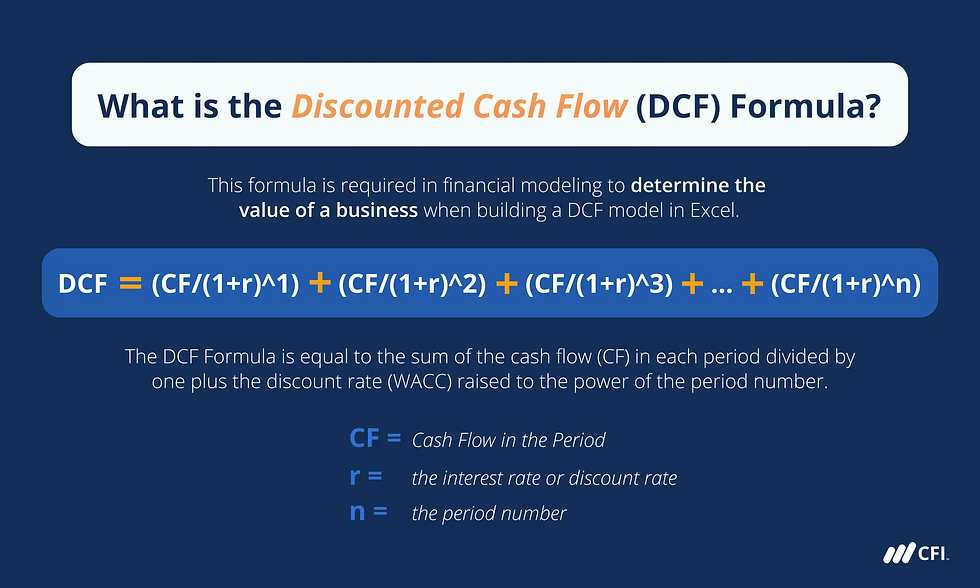Marketing Plan & Marketing Strategy (22.1)
- Thiago Casarin Lucenti
- Oct 2
- 3 min read
Chapter 22 - Marketing Strategy
Learning Objective: To understand the Marketing Plan
There are mainly two types of markets: consumer markets and industrial markets:

Industrial market is concerned with the buying and selling of industrial goods (B2B) such as machines, trucks, and office supplies;
Consumer market relates to products being sold to and bought by final consumers (e.g. holidays, clothing).
Understanding that there is a difference between the two helps marketers decide on how to best make marketing decisions towards each of them.
There are 6 main parts in a Marketing Plan:
Understanding the purpose of the plan and mission of the business;
A situational analysis to understand where the business sits at the current moment and guide towards future goals;
The Marketing Objectives of the firm - what and how it plans to achieve them;
The formulation of a Marketing Strategy - the plan of action to achieve objectives;
Marketing Mix decisions to be put in place;
The budget required to effectively implement the plan and the results expected from such actions;
Executive summary and timeframe for the implementation of the plan.
Let's quickly overview these steps:
Purpose and Mission
Layout of information for the plan's purpose: a new business or launch a new product?
A mission statement is formulated and a background of the plan to help understanding where the plan fits within the existing business.
Situational Analysis

There are several tools and frameworks which can be used for such analysis (e.g. SWOT, PEST). The idea of this step is to explore the company's product portfolio, customers profiles (market research), competition analysis, and the economical and political environment.
Marketing Objectives:
The simple step s of setting SMART objectives so that strategies can be traced towards what to achieve and so that monitoring is possible to take place.
Some common Marketing Objectives include:
Increase sales level (value or volume);
Increase market share;
Increase rate of sales growth;
Increase profit margins for a certain product.
Marketing Strategy
How will the business achieve its Marketing Objectives?
Mass or niche marketing;
Selling to existing markets and consumers or expand to new ones;
Targeting different segments;
Develop new markets (e.g. countries).
Marketing Mix:
Decisions regarding the 4Ps:

The Marketing Mix tactics of a business depend on its objectives, situational analysis, and available budget. This part of a Marketing Plan goes over the nuts and bolts of what actions will be put in place.
Marketing Budget:
The financial resources that will be allocated so that the Marketing Plan will follow through.
Executive Summary and Timescale:
Overall summary of the marketing plan and the timescale which it will be introduced.

A Marketing Plan helps with:
It shows a market and the tactics to reach it exist - helps convincing investors;
It reduces the chances of failure as analysis are conducted;
It ensures coordination between Marketing and other functions (e.g. finance, sales, production).
Building a Marketing Plan is, however, complex, time-consuming, and expensive. In a fast-changing market it can quickly become outdated.
Activity 22.1 - Bullet Points
We will now placed an increased focus on Marketing Strategy and understand the main factors managers should keep in mind when developing one:
Consistency:
- Consistent to the brand's current perceptions from customers or else the new strategy might confuse or damage brand image;
- Consistent to the product as communications and promotions need to clearly communicate the product's nature and features;
- Consistent to the market as different target-markets need to be approached differently for a strategy to be successful.
Coordination:

All marketing activities part of the strategy should be tied together for a consistent perception to be communicated to customers:
Marketing Mix coordination with the marketing objectives;
Promotion tactics coordination with the promotional budget;
Alignment and coordination between the four elements of the Marketing Mix.
Focus:
- Strategy should be focused on meeting specific Marketing Objectives that are measurable and can be time-assessed;
- Different objectives will require different strategies.
Example:
A breakfast cereal producer could set very different marketing objectives for one of its major brands:

Business in Action 22.1 - Discussion
Chapter 22 - Marketing Strategy



Comments